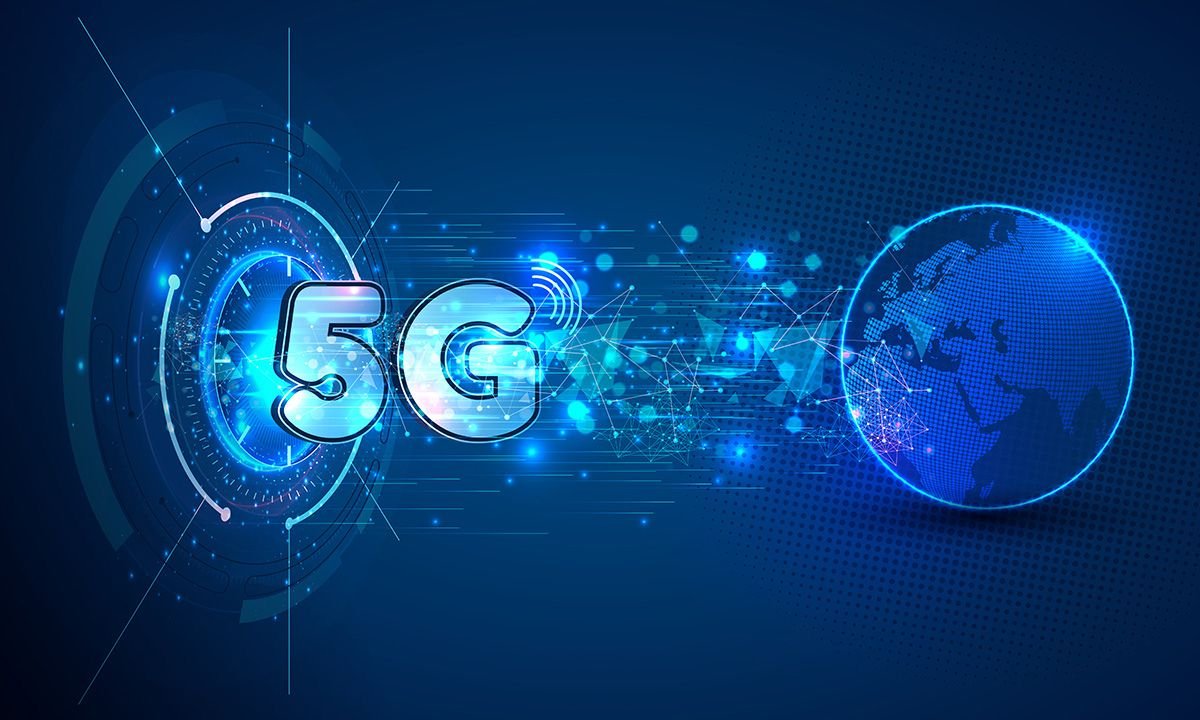The hype around 5G is not a secret anymore, nor are its groundbreaking applications.
It provides fast and reliable wireless internet connectivity to people wherever they are. This is why it was such a big deal when it was made available to the public.
As the fifth generation in wireless technology, 5G has more capacity to handle data demands than its predecessors like 4G LTE and 3G. It opens doors to applications like autonomous cars, telemedicine, smart factories, and cities. But apart from these innovations, 5G is also very useful for daily users.
This is why this blog focuses on how it benefits everyday users like you and me.
What is 5G?
You probably already have a fair idea about wireless technology. It has forever changed the way we communicate by allowing us to make calls and send messages.
5G is the fifth generation of wireless technology that gives us high-speed internet connectivity. It is considered a game changer because of its better capacity than 4G LTE, which means it can handle multiple users with huge data demands simultaneously.
It uses Millimeter waves (mmWave) that let it carry a higher amount of data in less time. The technology uses lower-frequency bands that give it a better signal strength than 4G and allow better coverage in densely populated areas.
In easier terms, 5G is known to be so good because it provides:
- Multi-Gig Speeds
- Low Latency
- Huge Data Capacity
- Better Availability
- Reliability
Apart from offering high-speed wireless internet connectivity, 5G providers are also targeting home users as well. 5G for home is also called fixed wireless internet. There is a slight difference in both these offerings.
Let’s discuss them and their pros and cons.
5G Mobile Data
Like its predecessors, 5G mobile data is distributed through cellular towers. However, the core difference is that it is not dependent on stand-alone cellular towers. Instead, it depends on small transmitters that can be put on any part of the urban infrastructure, such as tall buildings. This allows the internet signal to reach its users even when they are in densely populated areas where cellular towers cannot be built.
Apart from that, it also uses other technologies that make it better than other wireless internet options. These technologies include Orthogonal Frequency Division Multiplexing (OFDM) which helps with lowering latency in 5G.
It also uses network slicing, which creates independent networks over the same infrastructure. These networks can be customized for different uses. This means that the 5G network can support various network requirements over one single infrastructure without compromising on service.
5G Mobile Data has the following benefits:
- High Speed: 5G can provide speeds as high as 20 Gbps, which is around 200 times faster than 4G. This might vary depending on the technologies your network provider uses. So, in an ideal scenario, you can download an Ultra HD movie in under 6 seconds with 5G.
- Better Capacity: 5G’s better capacity is groundbreaking for business applications, but it also allows mobile users to access fast and uninterrupted internet on the go. This is regardless of the number of users on the network.
- Lower Latency: 5G’s lower latency is another powerful advantage. It can be as low as 1 ms (in ideal scenarios) where 4G has a latency of about 200 ms. This means you can enjoy high-fidelity gaming and HD video-calling without any lag with 5G’s wireless internet abilities.
5G mobile data allows users to stay connected on the go. With its first major rollout happening in 2018, many users already have 5G-compatible devices. All you need to do is to switch to a 5G internet provider to enjoy the above-mentioned benefits.
5G Home Internet
5G started as an internet option for mobile users, but now carriers are extending its benefits to home internet users as well. 5G home internet, also known as fixed wireless, is an alternative to the usual broadband options available to home internet users.
5G home internet gets the signal to the user’s homes through a fixed receiver that connects them to 5G wirelessly. This is different than the traditional home internet options that use a cable (either copper or fiber optic) to connect to the internet.
Moreover, with 5G home internet, users need to buy a SIM card to access the 5G signals in their area. These signals are then converted into WiFi using a modem and router. Many carriers are now offering 5G in the form of home internet, which is giving tough competition to traditional ISPs.
5G home internet meets the various needs of home internet users by providing the following benefits:
- Compatible Speeds with Traditional ISPs: While its home internet might not be as fast as mobile data, it still offers speeds comparable with alternatives like DSL and Cable connections. Some 5G home internet providers offer plans with download speeds as high as 1000 Mbps. However, its speed greatly depends on the carrier, location, and the kind of frequency bands being used.
- Easy Installation: Since 5G home internet is wireless, users can get it easily installed in their homes. All they need is stable 5G coverage in their area and a fixed receiver to catch the 5G internet signal.
- Affordable Pricing: 5G home internet can be cheap depending on the number of providers in your area. If you have multiple providers, then they may offer competitive pricing and deals. Apart from that, its pricing is similar to cable and DSL internet plans.
- Low Latency: 5G home internet also wins in terms of low latency. Even though 5G can offer 1ms latency in an ideal scenario, most 5G home internet providers have a latency that ranges between 19 and 39ms which is decent since it is a wireless internet option. This means you can enjoy lag-free streaming and gaming with 5G home internet as well.
All in all, 5G’s rollout, be it in the form of mobile data or home internet, has proved to be beneficial for everyday internet users like us. With its high speeds, low latency, and better capacity, it is a pretty lucrative internet offering.
However, 5G still has limited coverage, but the silver lining is that it is expanding at a rapid pace. So, if it’s not available in your area yet, you might not have to wait a long time.
ALSO READ: c4282900-a-bk: The Secret Code Powering Tomorrow’s Industries











